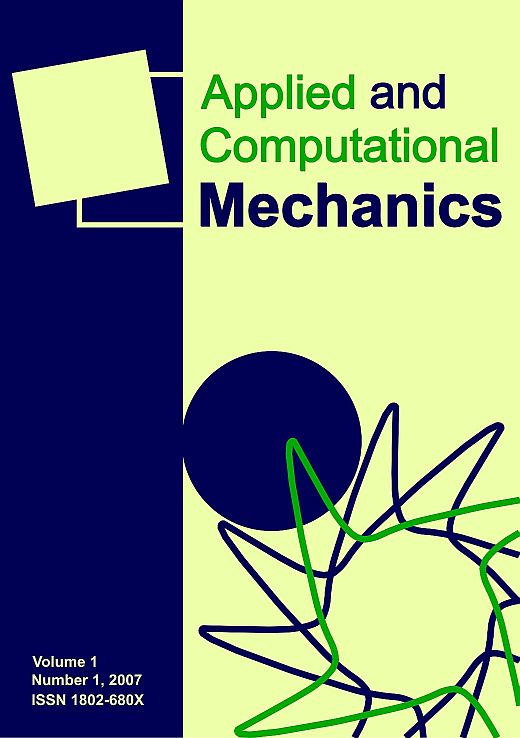Finite element modelling of vocal tract changes after voice therapy
Keywords:
biomechanics of human voice, voice production modelling, vocal exercising, voice trainingAbstract
Two 3D finite element (FE) models were constructed, based on CT measurements of a subject phonating on [a:] before and after phonation into a tube. Acoustic analysis was performed by exciting the models with acoustic flow velocity at the vocal folds. The generated acoustic pressure of the response was computed in front of the mouth and inside the vocal tract for both FE models. Average amplitudes of the pressure oscillations inside the vocal tract and in front of the mouth were compared to display the cost-efficiency of sound energy transfer at different formant frequencies. The formants F1-F3 correspond to classical vibration modes also solvable by 1D vocal tract model. However, for higher formants, there occur more complicated transversal modes which require 3D modelling. A special attention is given to the higher frequency range (above 3.5 Hz) where transversal modes exist between piriform sinuses and valleculae. Comparison of the pressure oscillation inside and outside the vocal tract showed that formants differ in their efficiency, F4 (at about 3.5 kHz, i.e. at the speaker’s or singer’s formant region) being the most effective. The higher formants created a clear formant cluster around 4 kHz after the vocal exercise with the tube. Since the human ear is most sensitive to frequencies between 2 and 4 kHz concentration of sound energy in this frequency region (F4-F5) is effective for communication. The results suggest that exercising using phonation into tubes help in improving the vocal economy.
Downloads
Published
Issue
Section
License
Copyright (c) 2016 Applied and Computational Mechanics

This work is licensed under a Creative Commons Attribution 4.0 International License.







